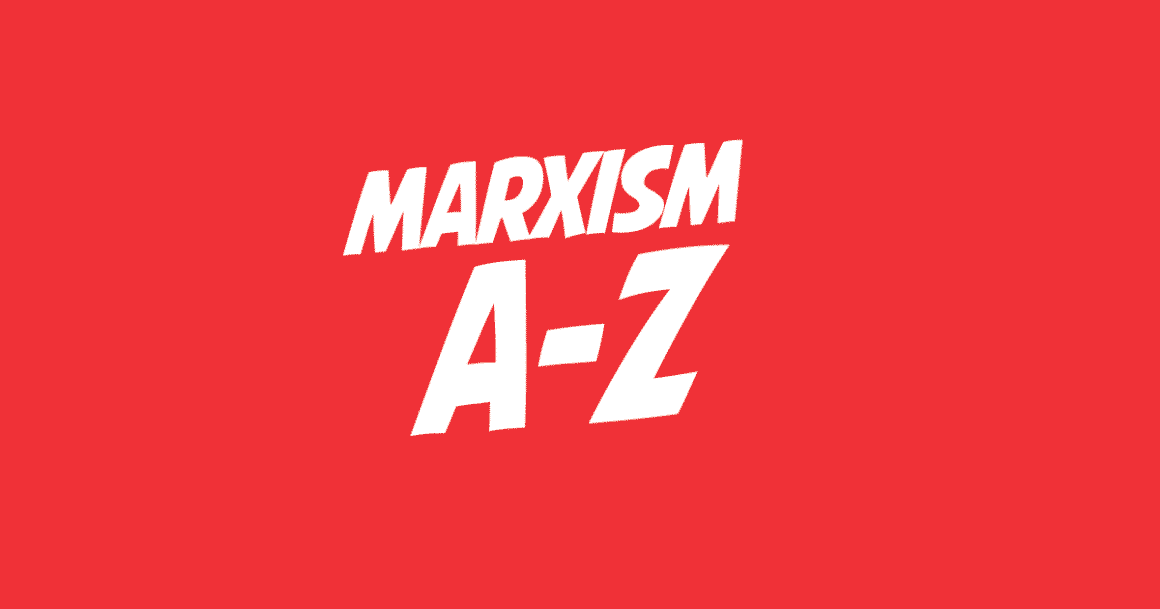

Nationalisation has become a dirty word. The dominant capitalist economic policy – neo-liberalism – says nationalisation and public spending are the causes of all economic crises.
With the collapse of Stalinism the former Stalinist bureaucrats are greedily de-nationalising whole chunks of the economy. Blair’s New Labour, like many western “socialist” parties, completely abandoned any commitment to renationalising privatised industries.
Nationalisation’s bad reputation doesn’t stop there. The bureaucracy, inefficiency and corruption rife in nationalised public services gave them a terrible reputation with working class consumers. Those who worked for the National Coal Board, British Gas and Telecom were never very starry-eyed about their bosses either.
For Marxists, however, nationalisation is a key element of the socialist programme. It forms an indispensable part of the path to human liberation. Why?
The capitalist economic system is run for profit alone, for the bosses. The power of the bosses comes from their ownership of the “commanding heights” of the economy. To reorient production to meet human need we have to remove the power of the capitalists at its source. The “market” simply cannot be used to meet human needs in full. By taking the big firms and banks into state ownership the working class can give itself the most powerful social and economic lever to meet the needs of the majority.
“But nationalisation’s been tried and it doesn’t work”: this is the refrain you will hear whenever you argue for nationalisation.
The 20th century saw two kinds of nationalisation: capitalist nationalisations carried out by Labour and Conservative governments across the globe, mainly in the 1940s, 50s and 60s; and Stalinist nationalisations, carried out as Stalinism expanded after 1945. Neither of these constituted real, socialist nationalisation; neither of them worked.
Capitalist nationalisation, what Marxists call “state capitalism”, was carried out to ensure that the capitalist system as a whole survived and under conditions where the capitalists whose firms were nationalised received generous compensation.
In short, the social power of the capitalists remained intact. Essential services such as rail, electricity and gas were nationalised, together with those rendered practically moribund by the capitalist profit motive, such as coal. Former coal owners were paid £3,000 million in compensation plus £164,660,000 in government bonds. These continued to pay annuities to the former coal owners and their descendants until the year 2000.
In other industries, such as rail and electricity, general taxation was used to fund modernisation, creating a cheap resource for the capitalist class. Since the rest of the economy remained privately owned, there were also plenty of ways in which the funding of the nationalised industries became a means of channelling public money into private hands. The NHS has always been a lucrative market for the drug companies.
However, nationalisations were not the solution to the economic crises created by capitalism. Not only did they leave most property in private capitalist hands, but they were never integrated into a plan of production aimed at harnessing the power of nationalised industries to meet human need.
Planning is the vital adjunct to state ownership in the Marxist programme. But, once you try to plan from above, the argument goes, you are meddling with a natural process called the market. Shortages, bottlenecks and inefficiency inevitably result. “Just look at Russia” is the refrain.
This brings us to the second, failed, form of nationalisation. Stalinism did destroy the social power of the capitalists. It nationalised without compensation. It also organised production across society through a centralised plan. But the plan was a bureaucratic plan, not controlled democratically by the mass of workers. That is why it failed.
The key to the revolutionary socialist strategy is the recognition that, if socialism is to mean the democratic control of society’s resources by the workers themselves, then the organisations for exercising that control have to be built in the course of the struggle against capitalism.
Consequently, in all working class struggles, revolutionaries raise the question of workers’ control. Whether the issue is one of pay, jobs, working conditions, housing, safety, investment or whatever, at heart there would always be the simple question, who is to be in control? For the workers in any industry to know how it is being run, they need access to the accounts and order books. They have to have the time and training necessary to exercise control.
Ultimately they need the means by which to enforce their decisions. None of this existed under Stalinism. Nor was it present under state capitalist nationalisation. Against the right wing who argue that nationalisation has been proved not to work, and that we should not go too far, revolutionaries argue that it failed because it never went far enough.
As a policy and as a slogan, “nationalisation” is inadequate. That is why we fight for:
Nationalisation, without compensation and under workers’ control.